1974 tornado spurred lifetime of parks service across two generations in Louisville
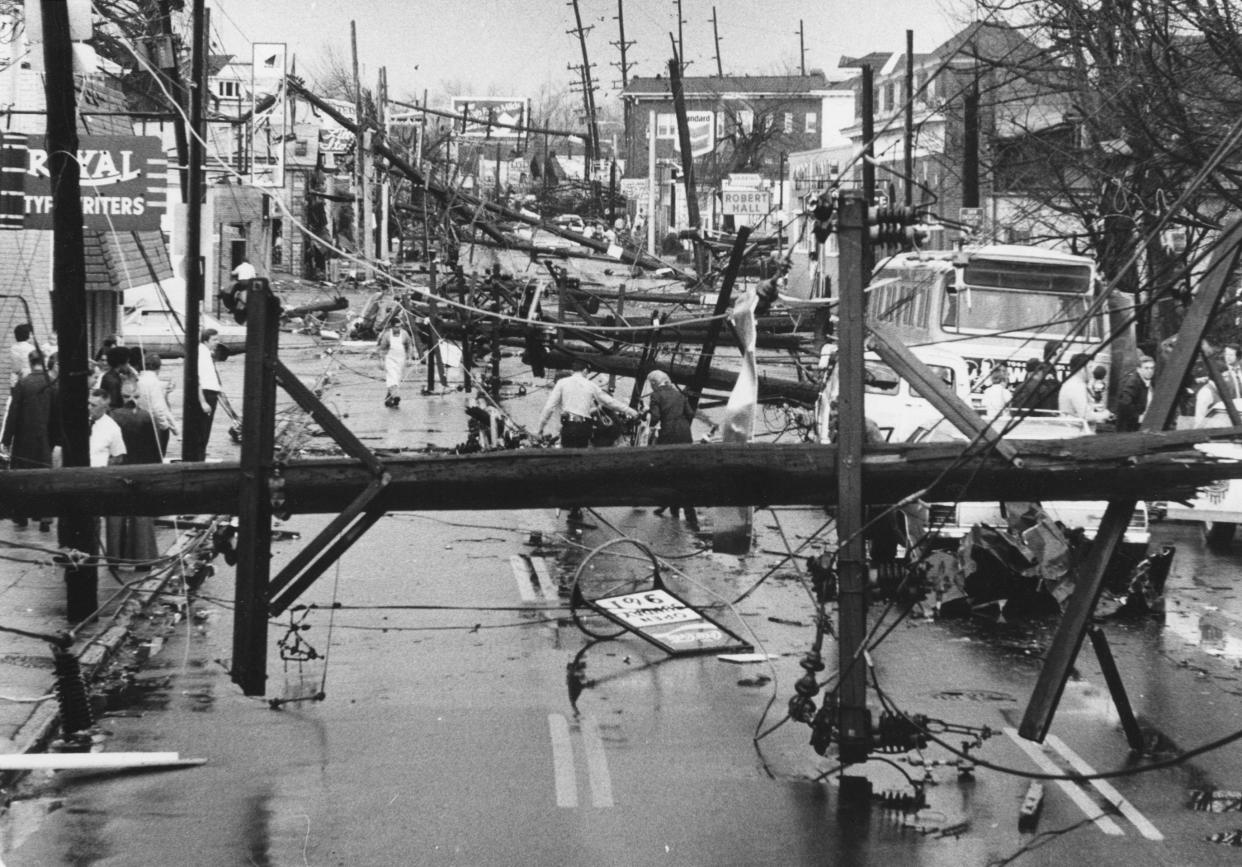
"Do you know anything about trees?"
It was a question posed to Edwin Perry 50 years ago — an innocuous, almost arbitrary inquiry on its own that may have been answered and quickly forgotten if it hadn't been asked the day after one of the biggest natural disasters in Louisville.
For two days, April 3-4, 1974, deadly tornadoes ripped through the Midwest, including a massive F4 tornado that injured more than 200 in Louisville. The National Weather Service notes there's a discrepancy in reports of how many people died in the city, with The Courier Journal at the time citing at least 10 people killed.
Those storms were among 148 tornadoes that hit the nation that day, a “super outbreak” that, in total, killed around 330 people and injured more than 5,000.
Louisville's landscape was decimated, with buildings, homes, and trees felled in seconds.
At the time, Perry's answer was no. He didn't know much about trees. He was a lawyer by trade and, in his free time, an avid golfer, preferring rolling hills of finely trimmed grass over towering tree canopies.
But it was that question that spawned a lifetime of parks work, spilled over two generations between him and his daughter, Brooke Pardue, the president of the Parks Alliance of Louisville.
That question prompted much of how Perry dedicated his time for the next five decades. It was how he found a new passion and purpose.
"I needed to do something," Perry said, feeling pulled into a sense of service after the tornado. "I guess that parks beckoned to me."
Thousands of trees planted. Thousands of dollars raised. Thousands of hours spent in Louisville's parks, one of many areas decimated by the roaring winds and still on the pathway toward recovery.
'The hell that came shortly after 4 p.m.'
The tornado’s path — a churning column of wind spanning about a half-mile wide and nearly six miles long — tunneled into Louisville through the Kentucky State Fairgrounds. In seconds, the tornado wreaked havoc on the landscape, a cataclysm that Leigh Ann Jaggers Ackermann remembers well.
That day, a 7-year-old Ackermann was shopping inside Byck's, still enjoying the delight of skipping a day in second grade to accompany her sisters Karen and Susan to a dental appointment.
Above her, the chandelier trembled. Beside her, the window revealed a pitch-black sky.
"I think we should all go down in the basement," a nervous sales clerk muttered, guiding Ackermann, her mother and her sisters down to ride out the brewing storm.
In the ensuing news coverage, the natural disaster was succinctly described: "the hell that came shortly after 4 p.m."
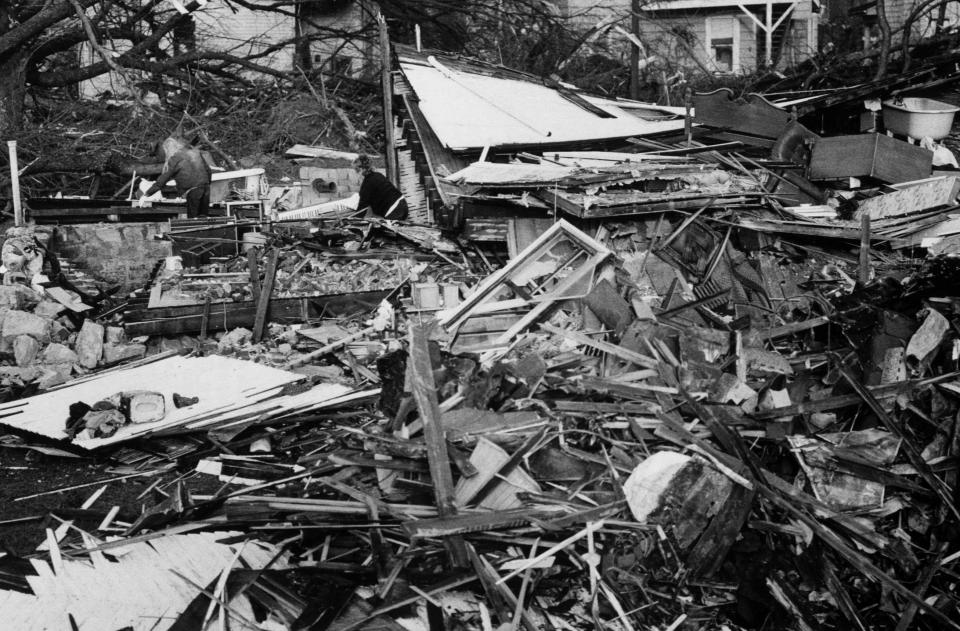
Houses were flattened. Trees uprooted. Light poles twisted into what one Courier Journal reporter described as "weird pieces of pop art."
Looking back now, Ackermann can hardly recall waiting out the tornado in Byck's basement. Instead, her memory snaps back into focus when she's in their family car, slowly crawling through a drive back into her Northfield neighborhood.
Fallen branches, collapsed trunks and short stumps dotted the landscape.
"It just looked like a lumber mill," Ackermann said. "I mean, it was bad.”
The National Weather Service estimates about 425 homes were destroyed in Jefferson County. The hardest hit areas were the subdivisions of northeast Louisville — Rolling Fields, Northfield and Indian Hills.
Perry was at work in the PNC Tower when the storm struck. His home in the Brownsboro Zorn neighborhood was not damaged by the event. Instead, it turned into a pseudo-switchboard center as it had one of the only surviving telephone lines.
Perry's daughter, Pardue, remembers a long line forming in her house for each neighbor to call loved ones and tell them they were alright. The storm happened to fall on her birthday, and so each visitor was given a slice of cake by Pardue's mother, much to the chagrin of her daughter.
In Northfield, Ackermann's family home was gutted — the entire second floor was gone, save for the bathtub. The kitchen survived, but the bedrooms were wrecked. Ackerman's toys and her Easter dress were lost among the damage.
Ackermann remembers walking outside her house while her mother and older sister began pulling out drawers, recovering as many items as they could. There were some miracles — their parents' wedding china and her mother's original engagement ring were spared.
As her family began their recovery of items, Ackermann remembers someone from the neighborhood helping to watch over her.
"People just came and started helping – just strangers," Ackermann said. "It was very much everyone helping each other.”
A 1974 Courier Journal article recounts the story of a restaurant on Brownsboro Road being defaced by the storm, but "in an effort to buoy the spirits of those who may have seen their homes destroyed, opened its bar for free drinks shortly after the storm had passed."
In the weeks following the tornado, many people felt the desire to help rebuild the city.
1974 Tornado spawned 'mission to help the parks' in Louisville
Perry was one of the minds behind Trees, Inc. — an organization that sought to take part in rebuilding Louisville's marred landscape.
The goal was to simply "plant as many trees as we could," Perry said.
He estimates they planted as many as 5,000 trees throughout the city. After their work was done, the organization dissolved, but Perry wasn't finished.
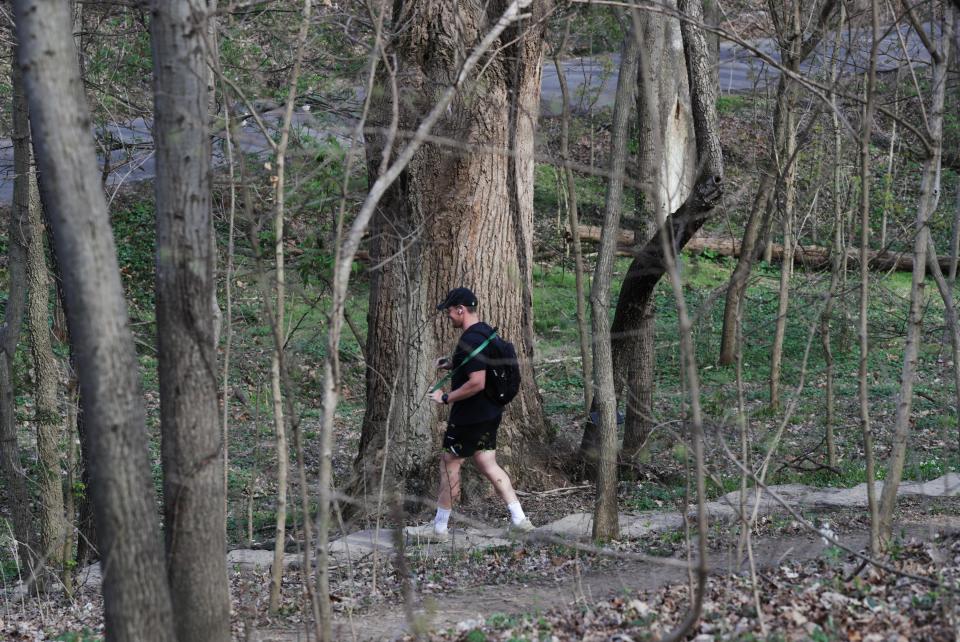
Again, his work was prompted by a phone call from a concerned friend.
Perry was told Cherokee Park was falling apart but he initially brushed it off. After all, he went running in that park every morning and never noticed anything awry.
"Look deeper," his friend advised.
During his next run, Perry went slower, taking time to notice the park's condition.
The tornado's impact had deeper implications for Cherokee Park that persist to this day. In addition to its tree canopy being destroyed, the brutal winds acted as a carrier of invasive plant seeds, deeply interfering with the park's natural ecosystem.
"I felt that being a lawyer was not sufficient for my well-being," Perry said. "I’ve felt that I should be giving back to the community, and that was a reasonable mission to help the parks."
In 1989, Perry helped found the Olmsted Parks Conservancy, a nonprofit partner to Louisville Parks and Recreation that aids in restoring and protecting 17 Olmsted Parks, including Cherokee, along with six parkways. Perry was chairman of the conservancy from 1996 to 2000.
Cherokee Park is still on a pathway to recovery, but it was one that Perry helped set into motion decades ago.
"Looking back on it, I think we kind of take some of that for granted now, how beautiful Cherokee Park is," Pardue said.
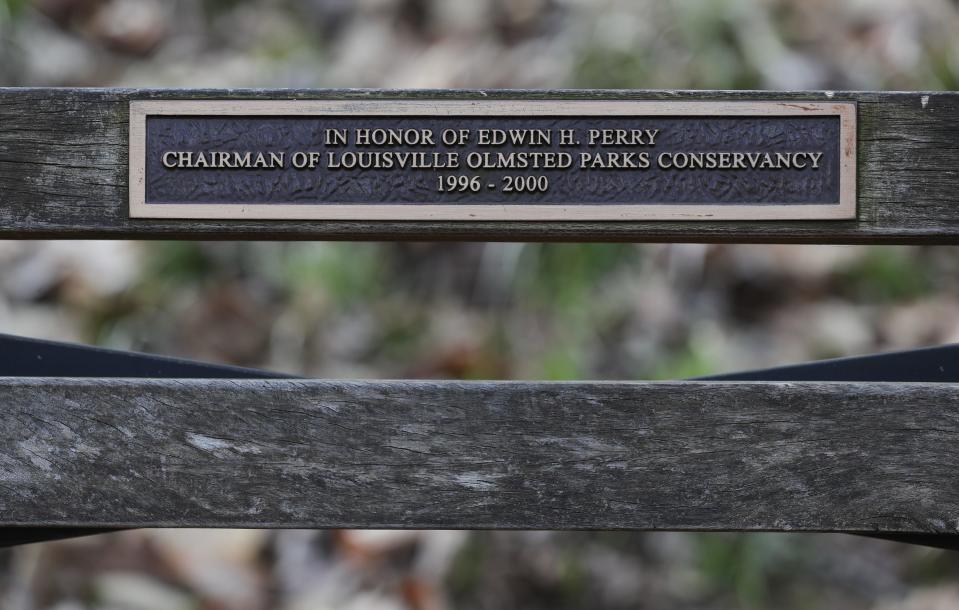
To commemorate his service, Perry has a bench at Cherokee Park engraved with his name. That bench means a lot to Perry as well as Pardue, who shares her father's admiration and dedication to local parks through her role as the president of the Parks Alliance of Louisville. The Parks Alliance is a nonprofit that supports more than 100 parks and community centers across the city, most of which are in underserved neighborhoods.
"I do think that he did instill in us a sense of service," Pardue said, recalling how her first job was at a Louisville park.
'I'll be so old when those trees are big'
The trees that Perry helped plant are still growing. It's a surreal thought for Ackermann.
“I can remember as all the trees were planted, thinking, ‘Oh my gosh, I’ll be so old when those trees are big,’” Ackermann said.
Decades later, Ackermann drives through her old neighborhood, marveling at those same trees that now tower over her. She isn't scared of storms, but she stays alert.
"If there's a really bad storm and the winds really start to kick off, there is a tension," Ackermann said.
She and her sisters still lean on each other for vigilance and comfort, staying in close contact any time a storm is brewing over Louisville.
"My sisters and I, you know, we are kindred spirits when it comes to that," Ackermann said, later adding. "We are always very attuned to the weather."
Now, Perry is a resident of a local assisted living facility. To the staff and other lodgers there, the 93-year-old is a beloved character, quick to crack a joke or reminisce.
When he first moved there, he was asked by staff what was one thing he wished he could do again. His answer?
Perry just wanted to sit on his bench in Cherokee Park, nestled on a path near the Eastern Parkway entrance, so he could take a breath and gaze around at all the trees.
He got his wish.
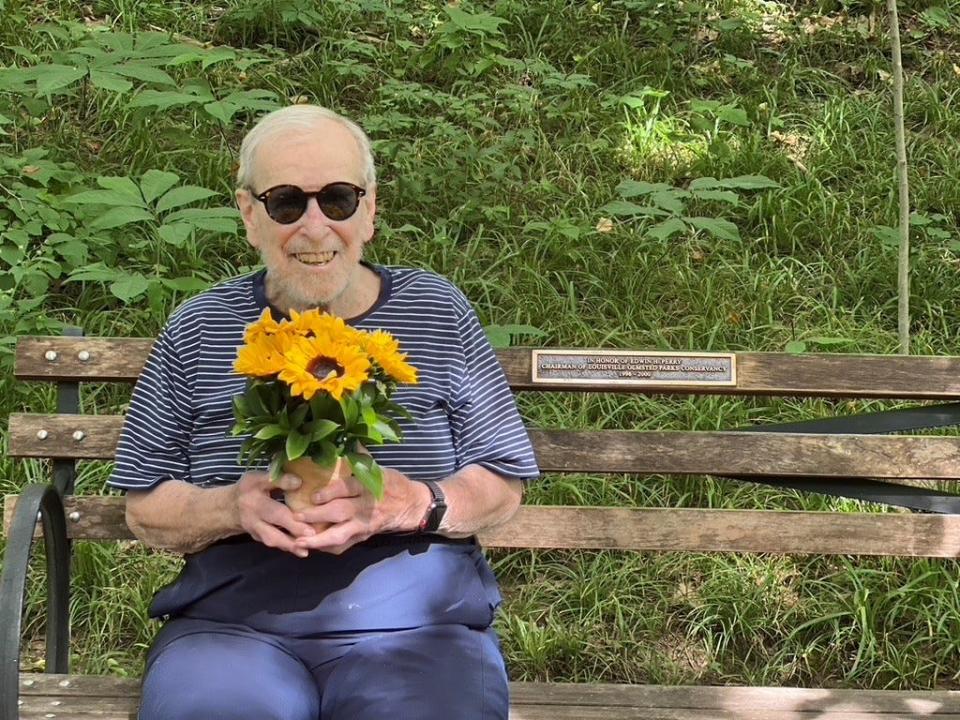
Reach reporter Rachel Smith at rksmith@courierjournal.com or @RachelSmithNews on X, formerly known as Twitter.
This article originally appeared on Louisville Courier Journal: 50th anniversary of 1974 tornado in Louisville prompts memories
